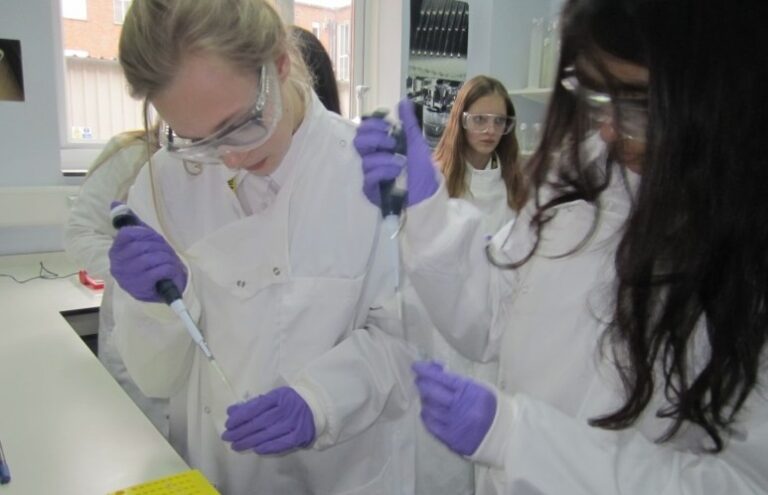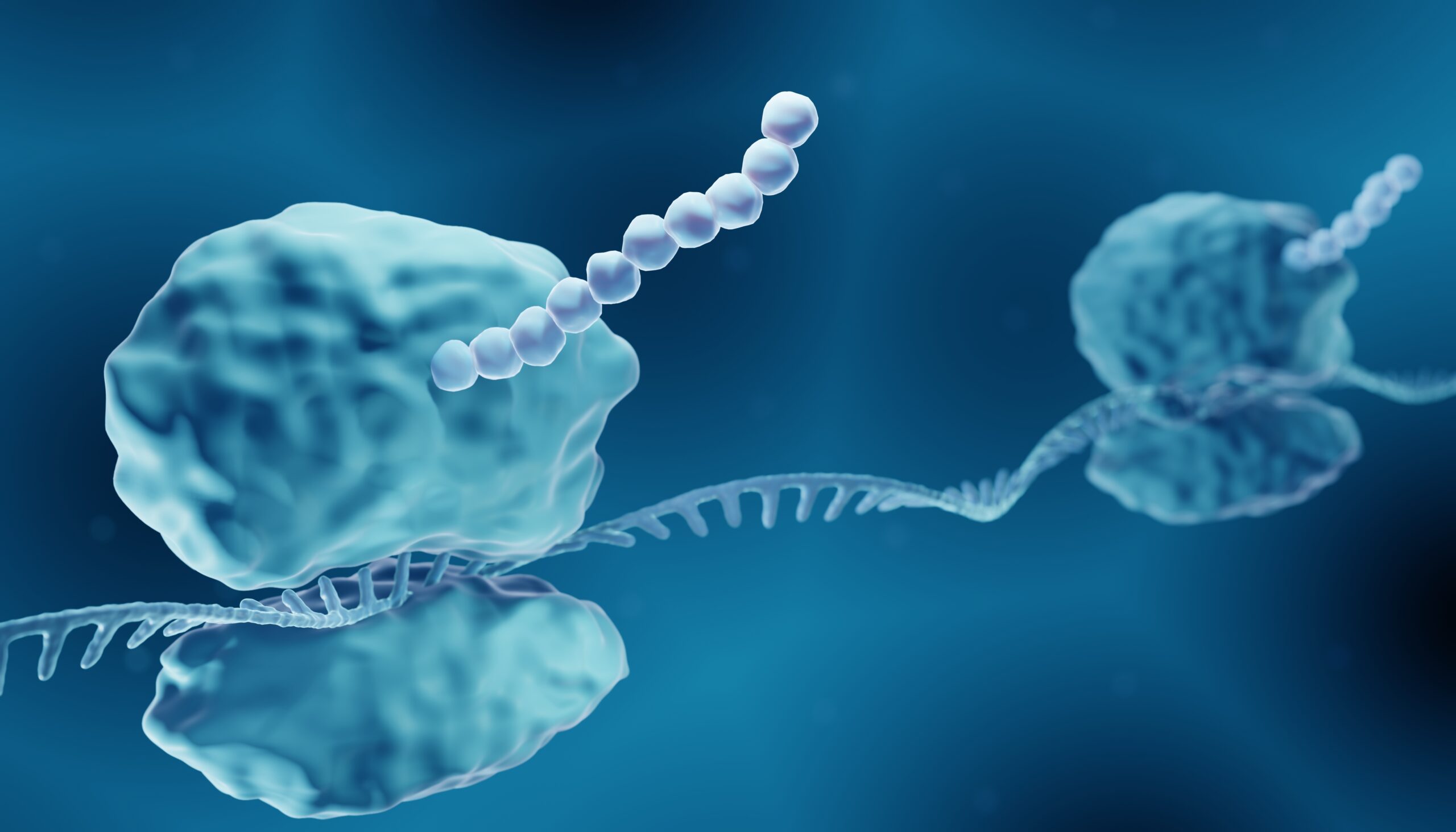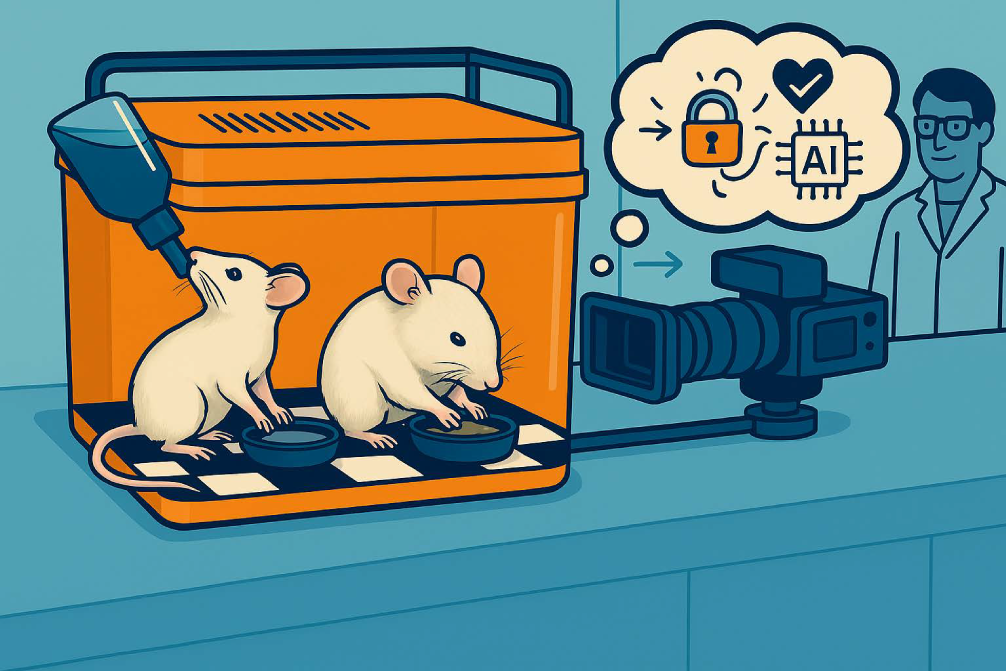On Monday 23 March 2015, we had a visit from science students at Didcot Girls’ School, as part of the Open Labs initiative organised by Understanding Animal Research.
Understanding Animal Research Open Labs On Monday 23 March 2015, we had a visit from a group of science 13-14 year old students at Didcot Girls’ School, as part of the Open Labs initiative. Most students who took part said that their experience of visiting MRC Harwell had changed their attitude to animal research and helped them see why it was important.
Open Labs is organised by Understanding Animal Research (UAR), an organisation dedicated to improving understanding of the humane use of animals in medical research, and tends to take place around the same time as British Science Week.
The aim is to give school children the chance to look around an animal facility, so that they can see for themselves how animals are used in scientific research. This helps to dispel the myths surrounding animal research, giving them a solid basis on which to form their own opinions.
The first part of their visit was a tour around the Mary Lyon Centre. Before they were allowed into the facility, they had to undergo our measures to prevent disease causing agents being brought in – changing into a sterile boiler suit, wearing a hairnet and putting on shoe covers. They then entered one-by-one through the air shower, which encapsulates each person and blows off any remaining bacteria, dust or debris that could potentially lead to disease being transferred to the mice.
Once inside, they were shown how the mice are kept in specially designed cages, complete with their own ventilation system, saw how we house the mice them with others to keep them company, and got a chance to see some of the procedures taking place at the time. They heard how someone must come in to check on them every single day of the year, including Christmas Day, Boxing Day and bank holidays.
We explained how we are studying these mice to discover the function of every gene in the mouse genome, as part of the International Mouse Phenotyping Consortium (IMPC).
Next, they had a tour of our research facilities, based in the Mammalian Genetics Unit. Here, they saw the other side of our research – analysing how genes are involved in diseases such as type 2 diabetes, sleep disorders and various forms of deafness. They got to get a feel for what it’s like to be a medical researcher in our visitors’ lab, where we set up an activity where they had to use gel electrophoresis to separate out DNA fragments and work out which children had inherited the gene for Huntingdon’s disease from their parents.
Although these weren’t real patient samples, this is a very commonly used technique in genetic research and is also used in genetic testing for patients. It gave them the chance to see what it’s like to work in medical research, and how improving our understanding of our genes can help to give patients the information they need to make life-changing decisions.
It was great to welcome such an enthusiastic group of students for the day. We hope that the experience will have informed their view of animal research, helping them to understand what is is we do and why it is so important for improving our understanding of genetics in mammals, advancing healthcare and providing better treatments.



